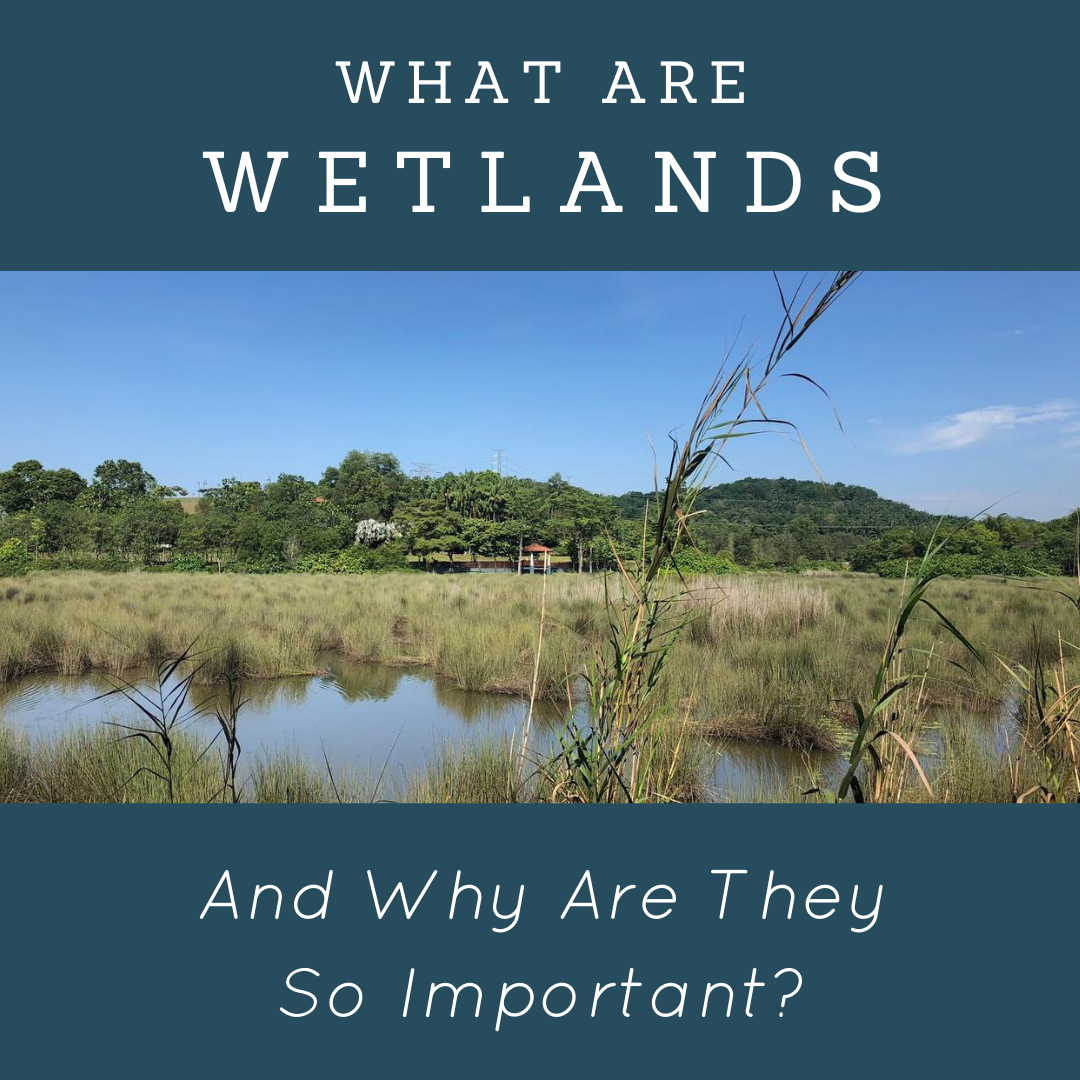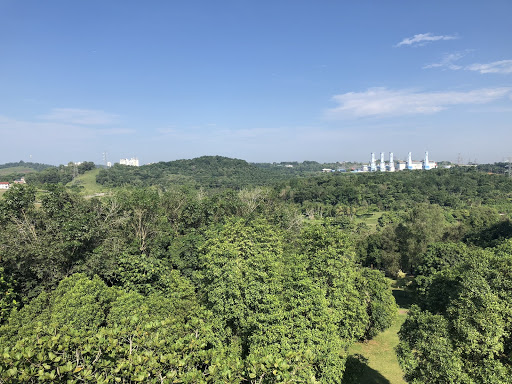What Are Wetlands, And Why Are They So Important?

Wetlands are areas that have both the characteristics of aquatic and terrestrial ecosystems. They contain characteristics unique to themselves, which cannot be observed in any other terrains. In order to be considered a wetland,
- The area must contain wet or flooded soils due to the hydrology of the area,
- Soils must operate anaerobically,
- And the plants there must have adapted to flourish in conditions where they are constantly submerged.
The ecosystem

The Putrajaya Wetlands is a man-made freshwater wetland, spanning over an area of 2115 hectares. A wide range of species of both flora and fauna can be found here, due to its unique ecosystem. Over 100 species of birds have been sighted, some of which include the Jungle Fowl, Buffy Fish Owls, Swans, Purple Swamphen, Pelicans, and Painted Storks. They also have Flamingos, which are all males because the permit of the park does not allow them to breed Flamingos. UNESCO also recognizes the Putrajaya Wetlands as an Ecohydrology Demonstration Site, which is a place where the interactions between water and the ecosystems can be observed by researchers and analysts.
An ecosystem is a biological community of interacting organisms and their physical environments.
For wetlands, the biggest abiotic factor that influences its ecosystem is water. Water contributes to the formation of hydric soils, which will then cultivate anaerobic conditions
after long periods of being under flooded and saturated conditions. The plants that can be found in wetlands adapt to these conditions in remarkable ways. These plants have modified themselves to have features such as an oxidized root zone, pressurized gas flow, and anaerobic respiration. As for the fauna, communities of primary consumers such as microbial, detritivores (shedding insects and crayfish), small invertebrates such as small fish, snails, to birds and mammals can all be found in a wetland. The secondary production by these primary consumers supports higher trophic levels such as for predatory insects, fishes, reptiles, amphibians, birds and mammals.
So, what's the big deal about wetlands?
Wetlands are important because:
- They home and support a huge amount of flora and fauna and maintains biodiversity. Putrajaya Wetlands hosts migratory birds that come here from the Himalayan Alps.
- Wetlands protect coastal areas from storms, mitigate floods, recharge groundwater aquifers, serve as sinks, sources, or transformers of materials, improve water quality, and produce food and goods for human use.
- Wetlands also provide important benefits for industry, which directly contributes to the welfare of the people that live around it. In Australia, wetlands form nurseries for fish and other freshwater and marine life and are critical to Australia's commercial and recreational fishing industries.
Wetlands should be conserved as they play a huge role in the environmental balance of our earth. With the destruction of wetlands, it will start a butterfly effect that will ultimately end in the demise of hundreds of species of both flora and fauna, as well as cause financial loss. If not for these reasons, the wetlands should be preserved for future generations to come.
